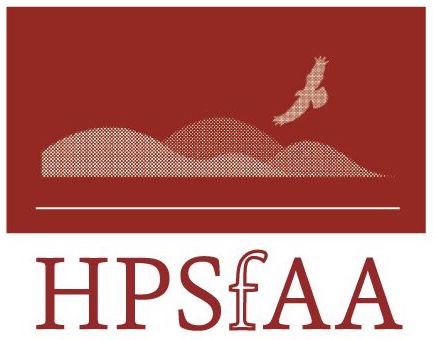  
 
The High Plains Society for Applied Anthropology |
|
Contamination Nation
Kurt T. Mantonya
“As Navajo people, we are still living the nightmare of past uranium exploration on our lands. We ask that history not be repeated.” Anna Frazier of Dine’ CARE
Growing up in Southeastern Kansas, I have been exposed to mining and the ecological impacts mining has created due to the leftover tailings. Areas such as Galena and West Mineral Kansas get their names from mining, and the impacts on the environment are still being felt even though subsurface mining ceased over 40 years ago. These impacts have even led to a site in northeast Oklahoma, Tar Creek, to be listed on the Environmental Protection Agencies list of Superfund sites. Mining practices throughout the world have an extremely poor history when it comes to the dispossession of indigenous people, issues of compensation, and violation of human rights. Not only are people removed from traditional homelands, but their lands are often rendered unhabitable after the mining process has finished. This paper will focus on mining practices on reservation lands in North America, demonstrate the historical impact that mining has had on tribal groups such as the Lakota of the Great Plains and the Navajo in the American Southwest, examine important laws and cases. Although methods of extracting minerals have been made safer, there is still an impact on the native population as they are being removed from their lands and past atrocities still have not been fairly compensated.
High Plains Applied Anthropologist No. 2, Vol. 21, Fall 2001 pp 182 – 194<Get PDF>
Back To List of Previous Issues